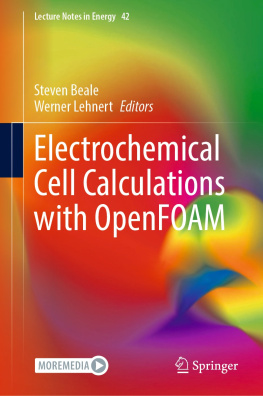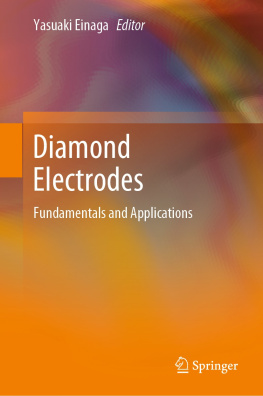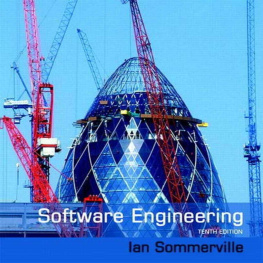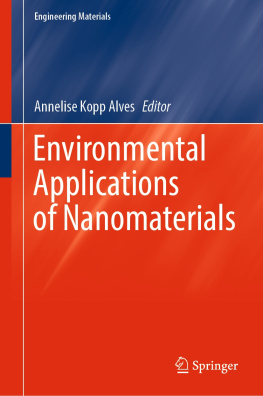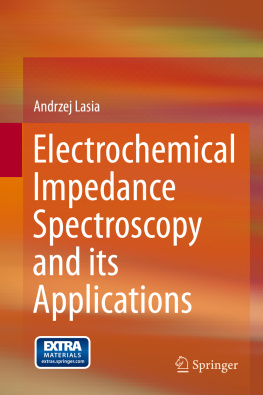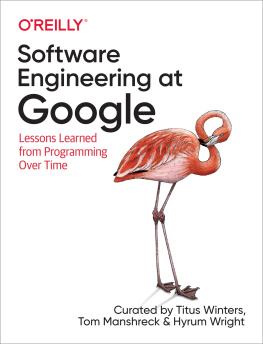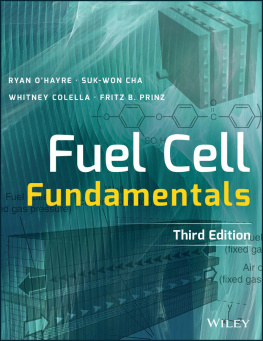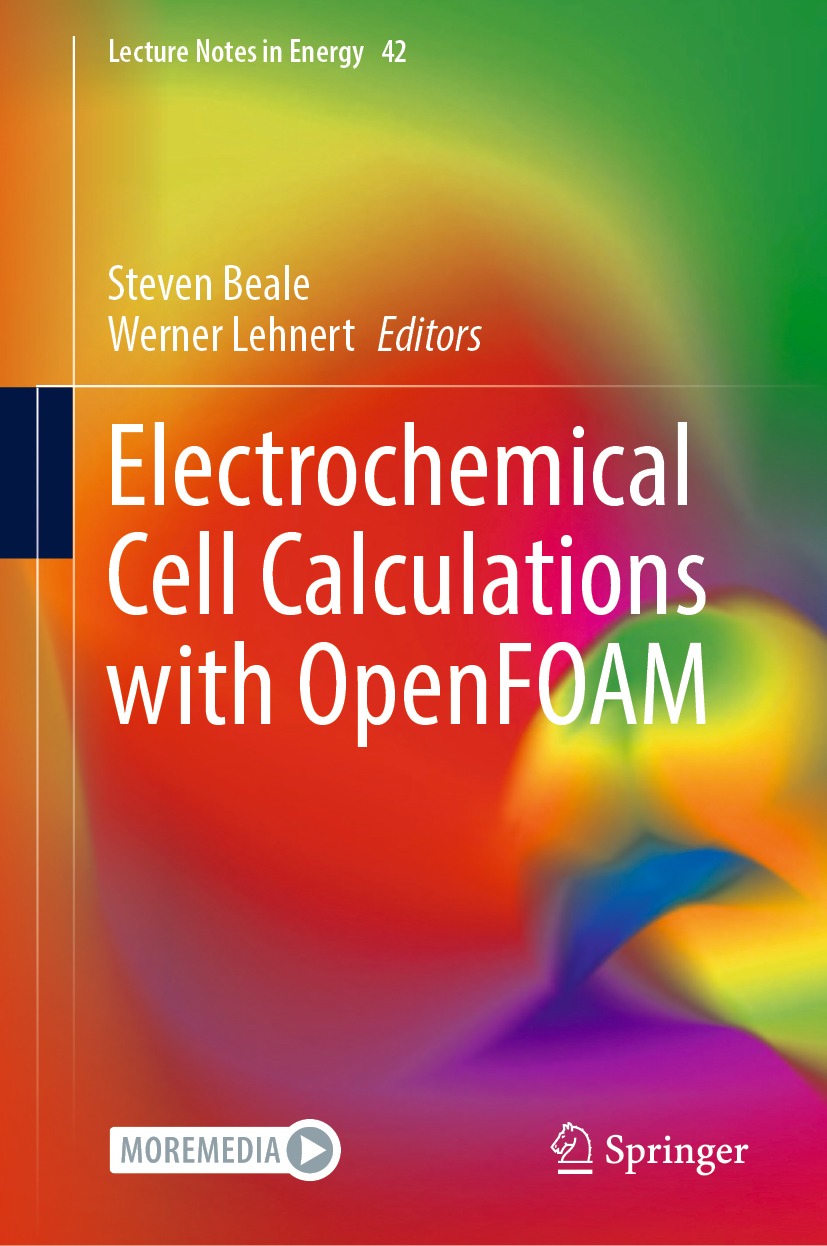Volume 42
Lecture Notes in Energy
Lecture Notes in Energy (LNE) is a series that reports on new developments in the study of energy: from science and engineering to the analysis of energy policy. The series scope includes but is not limited to, renewable and green energy, nuclear, fossil fuels and carbon capture, energy systems, energy storage and harvesting, batteries and fuel cells, power systems, energy efficiency, energy in buildings, energy policy, as well as energy-related topics in economics, management and transportation. Books published in LNE are original and timely and bridge between advanced textbooks and the forefront of research. Readers of LNE include postgraduate students and non-specialist researchers wishing to gain an accessible introduction to a field of research as well as professionals and researchers with a need for an up-to-date reference book on a well-defined topic. The series publishes single- and multi-authored volumes as well as advanced textbooks.
**Indexed in Scopus and EI Compendex** The Springer Energy board welcomes your book proposal. Please get in touch with the series via Anthony Doyle, Executive Editor, Springer (anthony.doyle@springer.com)
More information about this series at https://link.springer.com/bookseries/8874
Editors
Steven Beale and Werner Lehnert
Electrochemical Cell Calculations with OpenFOAM

Logo of the publisher
Editors
Steven Beale
Institute of Energy and Climate Research (IEK-14), Forschungszentrum Jlich GmbH, Jlich, Germany
Mechanical and Materials Engineering, Queens University, Kingston, ON, Canada
Werner Lehnert
Institute of Energy and Climate Research (IEK-14), Forschungszentrum Jlich GmbH, Jlich, Germany
Faculty of Mechanical Engineering, RWTH Aachen University, Aachen, Germany
ISSN 2195-1284 e-ISSN 2195-1292
Lecture Notes in Energy
ISBN 978-3-030-92177-4 e-ISBN 978-3-030-92178-1
https://doi.org/10.1007/978-3-030-92178-1
Springer Nature Switzerland AG 2022 corrected publication 2022
This work is subject to copyright. All rights are reserved by the Publisher, whether the whole or part of the material is concerned, specifically the rights of translation, reprinting, reuse of illustrations, recitation, broadcasting, reproduction on microfilms or in any other physical way, and transmission or information storage and retrieval, electronic adaptation, computer software, or by similar or dissimilar methodology now known or hereafter developed.
The use of general descriptive names, registered names, trademarks, service marks, etc. in this publication does not imply, even in the absence of a specific statement, that such names are exempt from the relevant protective laws and regulations and therefore free for general use.
The publisher, the authors and the editors are safe to assume that the advice and information in this book are believed to be true and accurate at the date of publication. Neither the publisher nor the authors or the editors give a warranty, expressed or implied, with respect to the material contained herein or for any errors or omissions that may have been made. The publisher remains neutral with regard to jurisdictional claims in published maps and institutional affiliations.
This Springer imprint is published by the registered company Springer Nature Switzerland AG
The registered company address is: Gewerbestrasse 11, 6330 Cham, Switzerland
Preface
Computational fluid dynamics came of age as a stand-alone subject in the latter part of the 20th century following pioneering developments at Imperial College, and Los Alamos National Laboratory. Initial skepticism as to the applicability of general-purpose computer software to practical industrial applications, as well as novel and innovative scientific processes was quickly shown to be unfounded. Computational models can always provide the user qualitative insight into the physics governing natural and manufactured processes and devices. With skill and care, such models can also provide reliable quantitative information, a priori. Initially, engineers wrote CFD software in procedural languages such as FORTRAN or C, or adapted existing suites of software, typically based on what is referred to today, as the Finite Volume Method (FVM), and also the Finite Element Method (FEM). The argument for employing existing software/algorithms being that, other than for a very few specialized app developments, there was no real advantage, and no need to reinvent the wheel. Tried and true methods, such as the SIMPLE algorithm developed by S. V. Patankar and D. B. Spalding, and many subsequent derivatives, are reliable and have already been highly optimized on a range of problems.
The analysis of electrochemical phenomena is an inter-disciplinary subject which may be considered a subset of the science of physicochemical hydrodynamics a term coined by the Russian/Jewish scientist V. G. Levich to describe the interaction of physical and chemical phenomena with fluid mechanics (and vice versa). It is fair to say that the term CFD and not PCH has by-and-large caught on in the modern usage; nevertheless the conventional CFD literature is quite lacking with regard to this important subset of mathematical/engineering modeling. Fuel cells, electrolyzers, and batteries are all examples of PCH devices, where electrochemistry and transport phenomena proceed hand-in-hand. With renewed interest in global warming, decarbonization, renewable energy, and hydrogen as a clean energy currency, electrochemical processes have moved to the foreground for energy conversion. The need for reliable and open models was never greater.
A significant development at the turn of the twenty-first century was the creation, supply, and maintenance of open source modeling software. Of these OpenFOAM enjoys widespread usage world wide, and especially in Germany, where the present writers are based. Like many other advances in CFD, OpenFOAM evolved out of the work of a group of researchers, such as H. Weller, H. Jasak, and many others, in the thermofluids group at Imperial College. The combination of open source software and the employment of object-oriented programming has proven to be highly successful and the code suite subsequently enjoyed exponential growth in development and application. In many industries it is a requirement that codes be open for the purposes of validation and verification. Moreover the open source paradigm is compatible with performance calculations on massively parallel computers from the perspectives of the licensing model, and numerical optimization. The application of open source software to modeling of electrochemical processes and devices is the subject of Annex 37 of the International Energy Agency Technology Collaboration Programme, Advanced Fuel Cells, which brings together leading researchers employing a variety of open source tools, from around the globe.
The goal of this project was to provide the reader with hands-on explanations of the basis for developing code specifically dedicated to electrochemical applications. All of the authors of this work have many years experience, both in electrochemical engineering and also CFD/PCH with OpenFOAM and other software suites. The goal is to provide the reader with enough practical information that they can quickly start to develop their own models within the OpenFOAM environment. Since we cannot maintain suites of software, we invite the reader to write directly to the authors(s) should he or she require further information and/or access to specific source code. Indeed, it is hoped that eventually the above-mentioned IEA activities will lead to a suite of professional quality code being publically available/maintained by a community-of-users including both the authors and the readers of this book. The field is an exciting and creative one, which is rapidly advancing, as not only improved numerical techniques are created, but also the technology grows in application in society.

